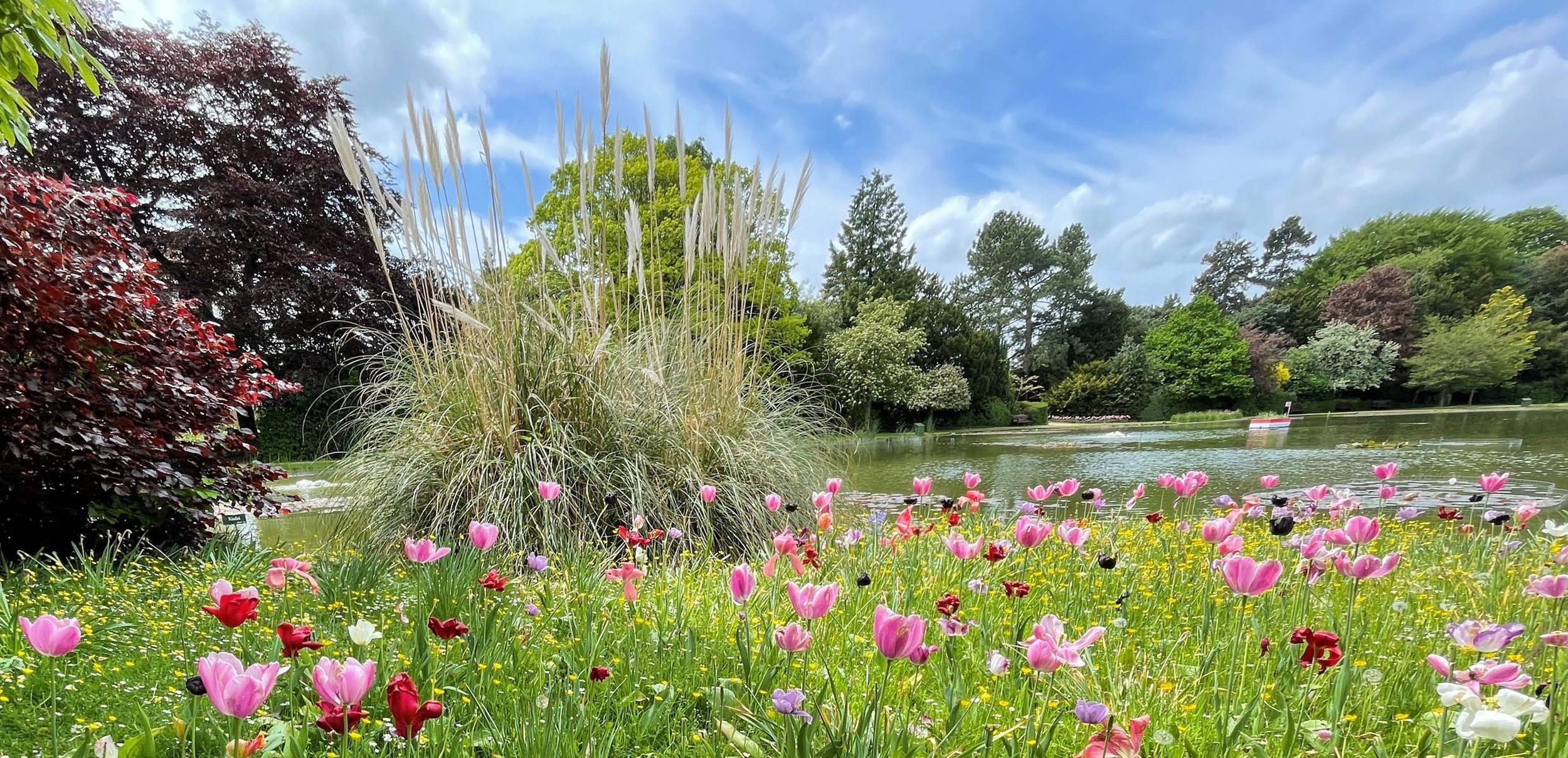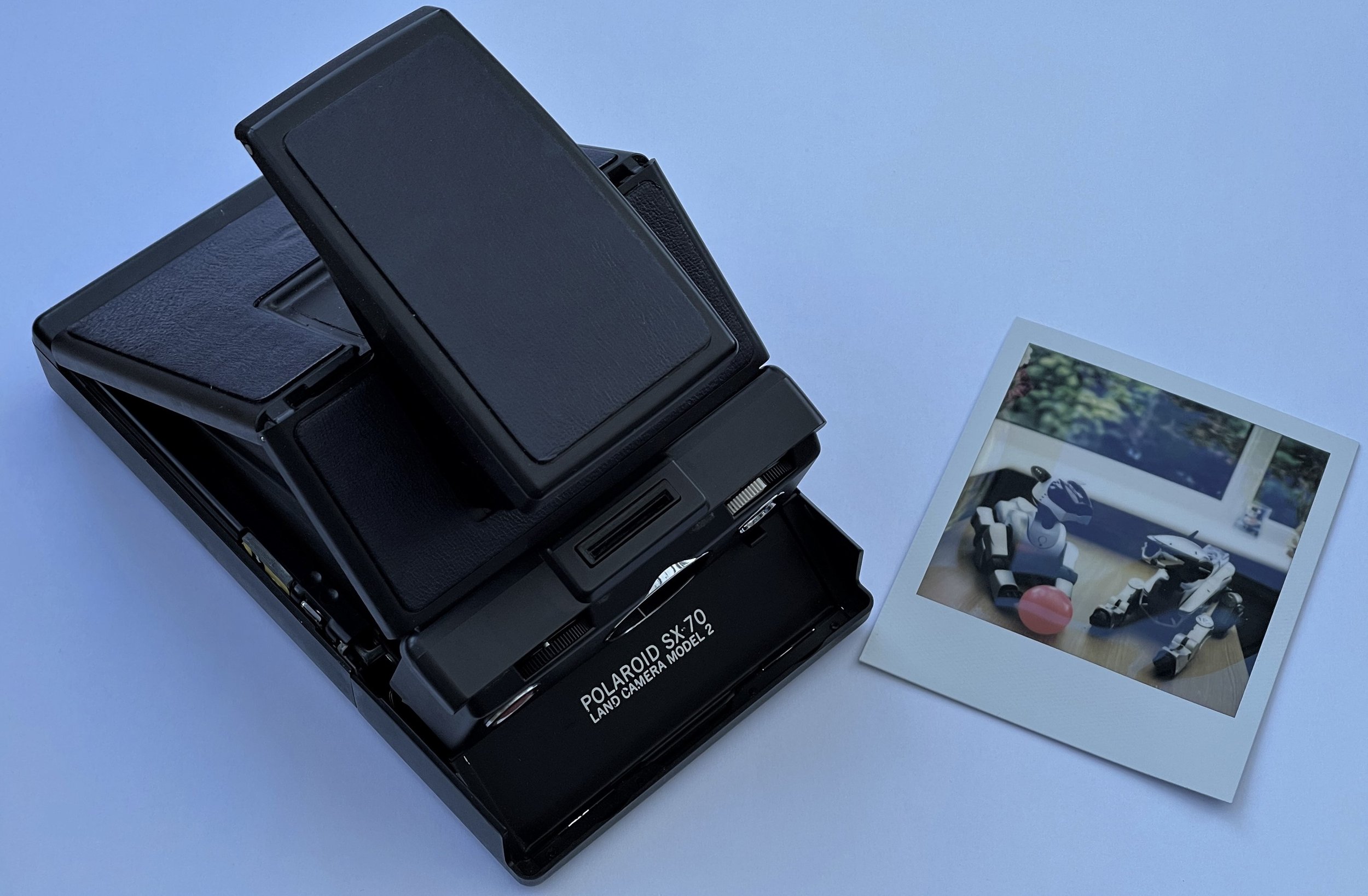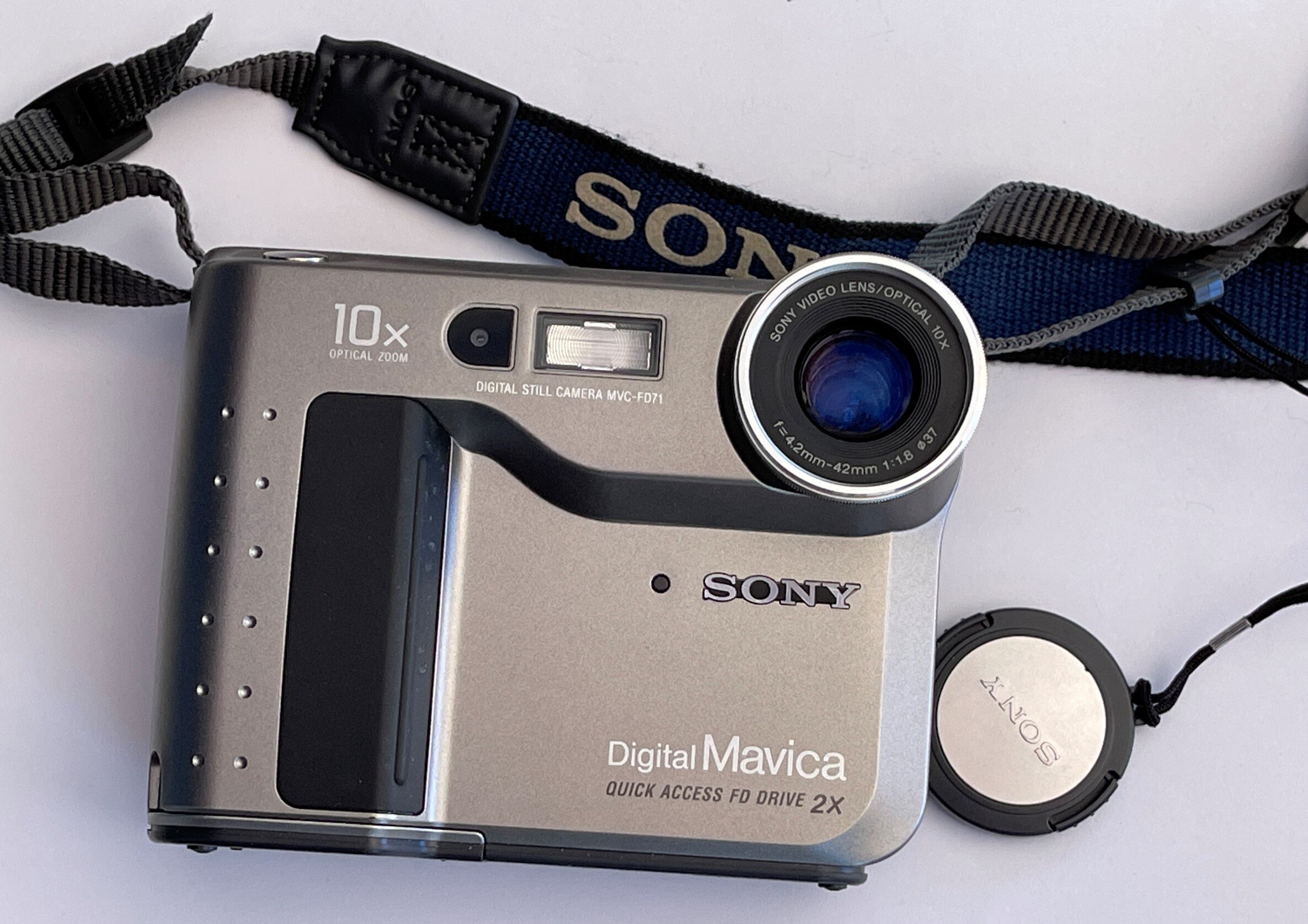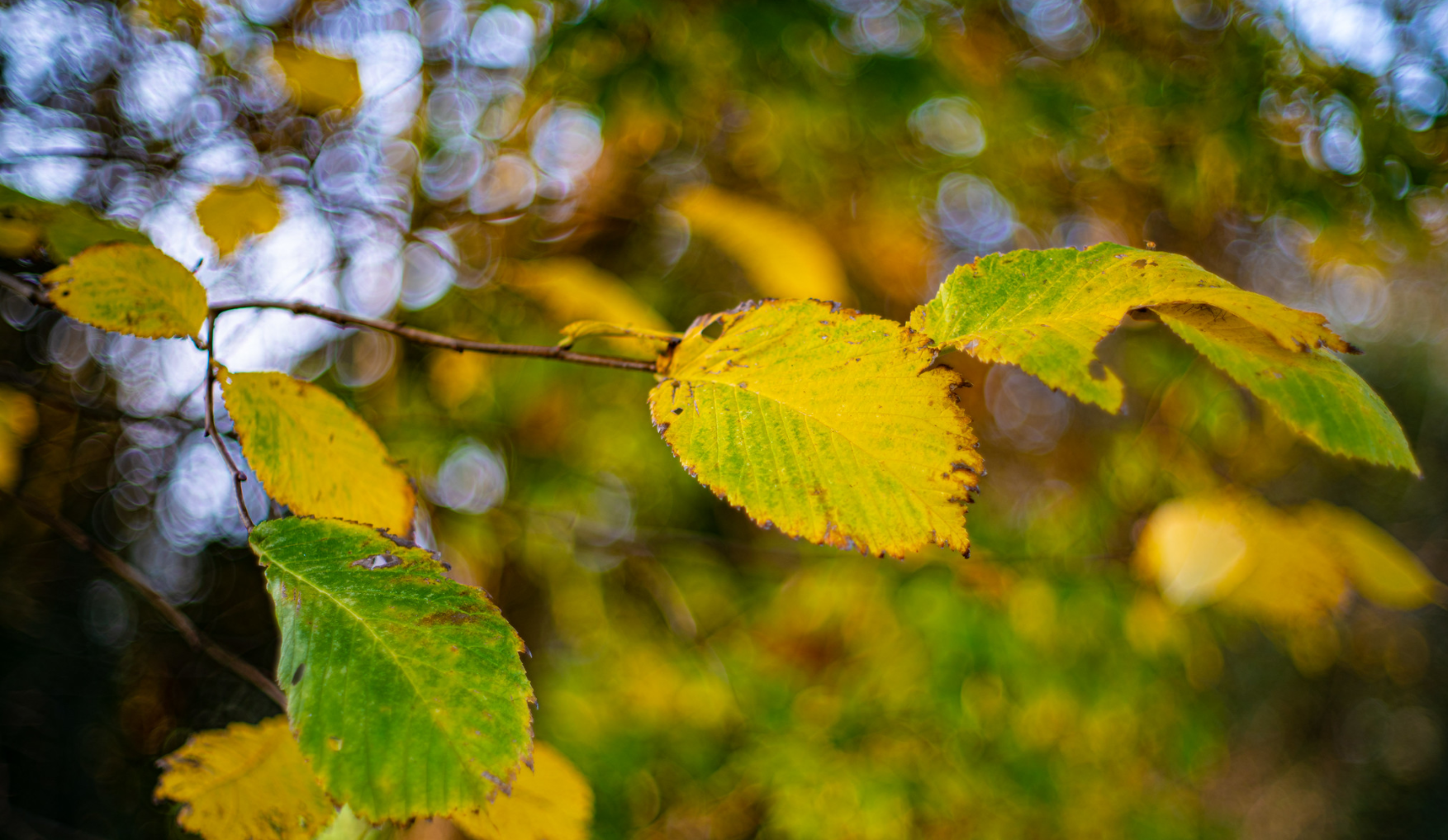I’m getting quite into instant photography. I really like the idea of producing a physical artefact when you take a picture. There are problems of course. From an ecological point of view it is a disastrous thing to do. The “films” are expensive and wasteful. The individual pictures are packed into a little plastic carrier which ends up being thrown away. The pictures themselves are a bit small and the quality is nowhere near as good as even an elderly smartphone can manage.
And yet I still like taking instant pictures. In the olden days (which I well remember) taking a picture was a bit of an occasion. People had to be positioned in the shot, readings had to be taken and transferred into settings on the camera. And the end result (which sometimes took ages to arrive) was often a disappointment. The good news was that when you ended up with a good photograph you felt that you had really made something. These days you can just tap the screen of your iPhone to get something that is perfectly focused and exposed. And exactly the same as the picture taken by the person stood next to you. Recent phone cameras let you use different focal lengths and will provide you with the right kind of blur if you ask for it. And you can apply filters to make your pictures look a bit different. But for me things are just a tad too easy and repeatable.
I got a Lomo’Instant Square as a Christmas present along with some film to get started. Now rather than asking for socks as gifts I can put in a request for more film. Number one son also ended up with one, so that we can compare results.
The Lomo is not easy to use. For a start the viewfinder is horrible. It is hard to see through and doesn’t always show you what the lens is actually seeing. You have to remember to remove the cap protecting the lens. Then you have to set the lens to focus on the right part of the scene. The exposure system (the thing that decides how much light to let onto the picture) is a more than a bit wayward. The camera has a flash with a very short range which will blow out the foreground and leave the background horribly dark. Pressing the shutter button feels you are like placing an expensive bet. The shot might look good, or it might not. It definitely won’t look like the picture taken by the person stood next to you.
You do have inputs though. You can ask the camera to brighten or darken the picture. You can do crazy things like just open the shutter for a while or take lots of exposures on the same frame. You have a remote control you can snap out of the camera and use to trigger shots or long exposures from a distance. With a bit of practice you start to learn to compensate for the viewfinder and the exposure and start getting interesting results.
































